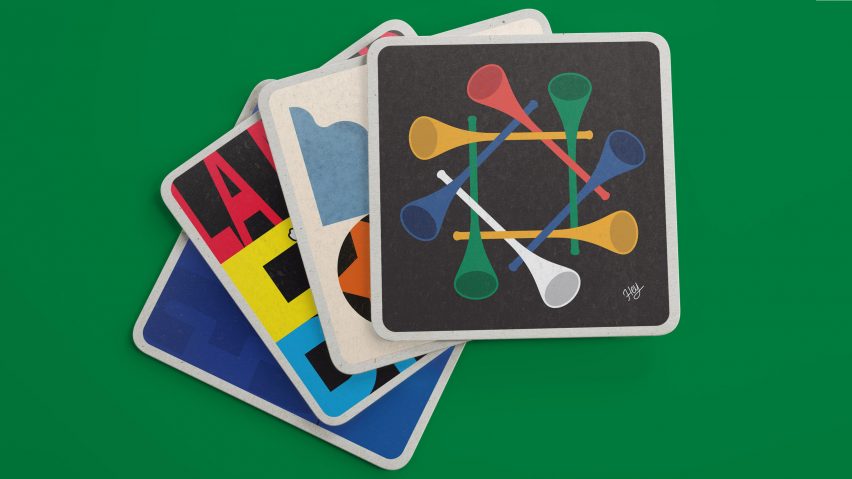
Dezeen's top 10 design and technology trends of 2018
For our review of 2018, design editor Augusta Pownall picks out 10 trends that highlight what's been going on in the design and tech world over the past year, from a focus on football and a move away from Milan, to the return of the humble poster.
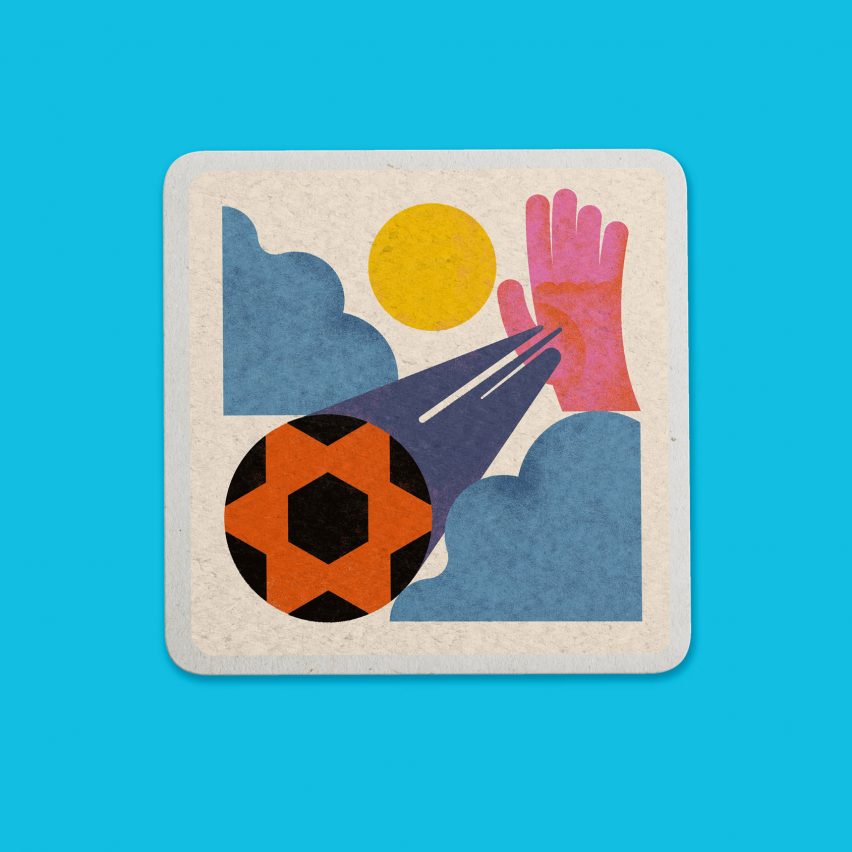
Football Fever takes hold
With the World Cup taking place in Russia over the summer, it was little wonder that the beautiful game took centre stage for designers as well. There were charity beermats and illustrations, as well as re-designed kits for all 32 teams.
It wasn't only the players that were catered for, however, as luxury watch brand Hublot designed a timepiece for the match referees that connected them to the electronic video assistance system from the pitch. Even jewellery designers were inspired, with Saskia Diez creating earrings made from 11 freshwater pearls held together by a gold chain in the three-four-three formation commonly used in football.
It wasn't all positive though, as in February anti-terror barriers that can be assembled in less than an hour were installed at Burnley and Manchester United grounds, in the face of a rise in vehicle-led terrorism.
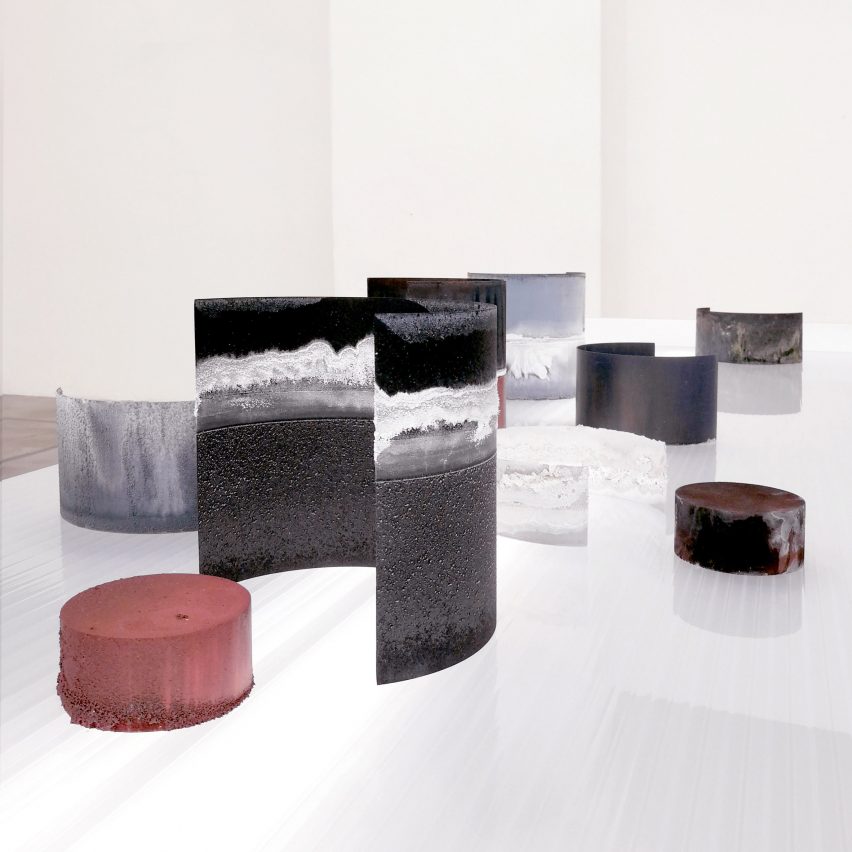
The end of the world as we know it?
With the United Nations warning that we have just 12 years to save the world from climate catastrophe, it was easy to feel that it might be the end of the world as we know it, but designers such as Nicolas Roope were among those that saw the announcement as a call to arms.
There are a number of potential solutions with complicated acronyms to match (CDR, SAI, MCB, CCT GBAM), as explained in our comprehensive guide, but on a smaller scale, this year designers have grappled with the damage that human activity has already done to the geological make-up of the earth's surface.
Responding to the idea of the anthropocene, a contested term for this new geological period, designers such as Xandra van der Eijk remained objective about issues such as chemical waste dumping, or even, like Ysenia Thibault-Picazo, positive about the possibility of humans mining waste materials in the future.
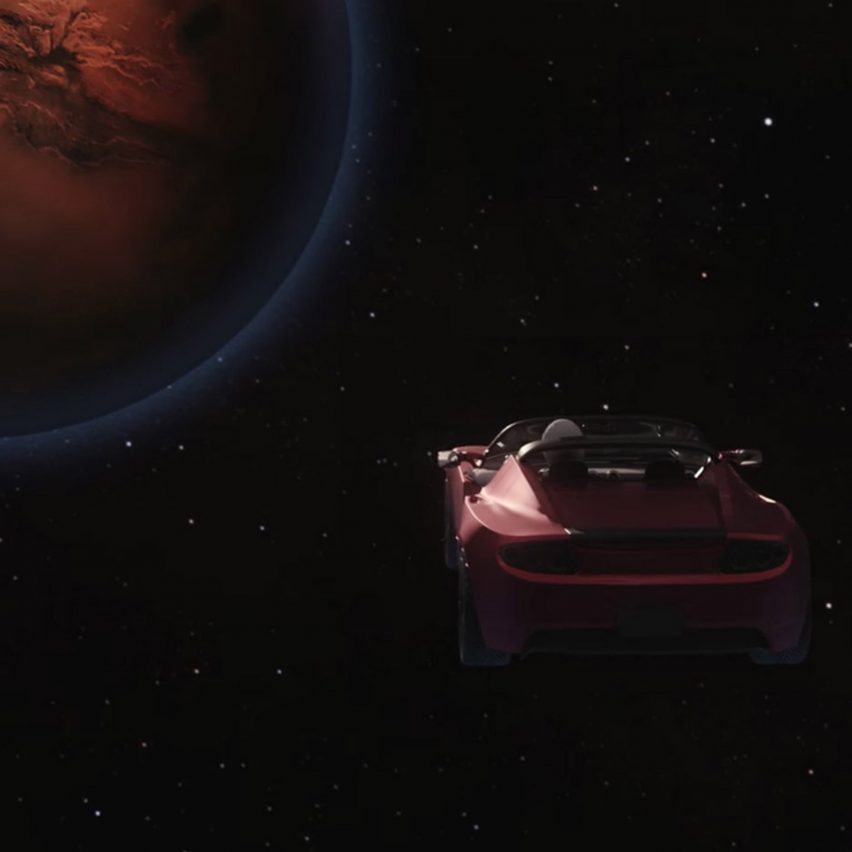
Distant galaxies become more attractive
Call it escapism, but given the state of planet Earth, it's little surprise that designers turned their attentions to outer space. Space X founder Elon Musk melted down on Twitter consistently this year, but not before sending the Tesla Roadster into space on the maiden flight of his Falcon Heavy rocket in February.
The fashion world responded too, with cult Japanese brand Undercover unveiling a jacket with a padded astronautic helmet, and Heron Preston collaborating on a collection with NASA.
If we do colonise the solar system, what might the Martian flag look like, was the question asked by an exhibition in Copenhagen that saw seven designers come up with potential designs. Debate raged about who space belongs to, with Rocket Lab facing criticism for launching a fake star that some astronomers labelled "space graffiti".
If you're creating space waste, designer Daan Roosegarde will know about it, as he launched an initiative to track and utilise the 29,000 pieces of space waste floating around the planet. It seems humans are creating waste wherever we go.
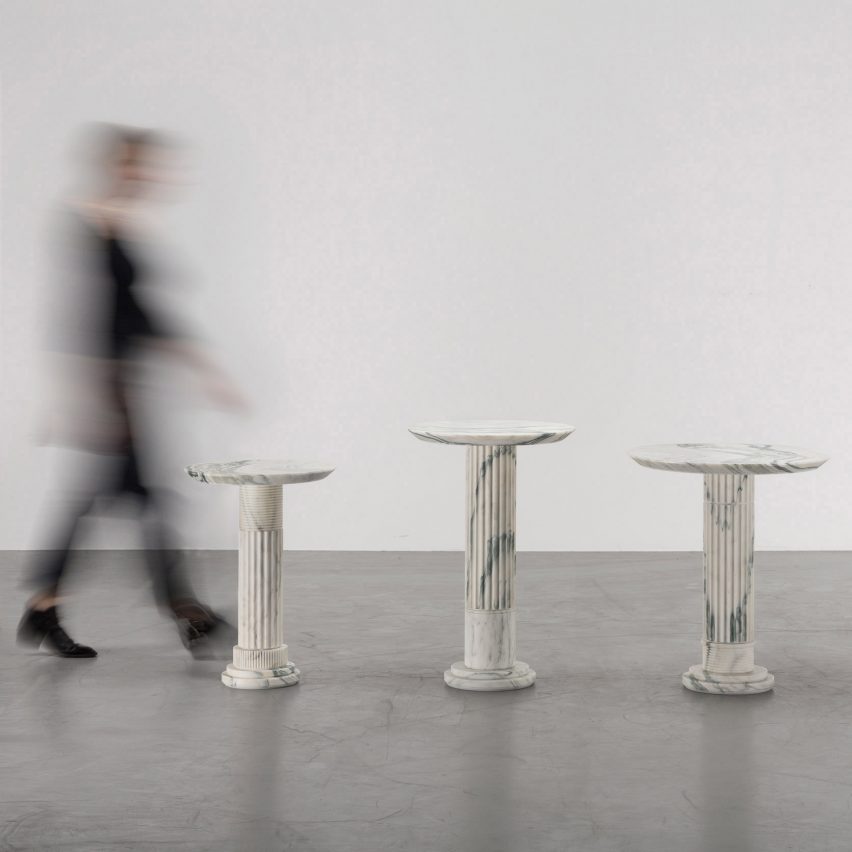
Architect and designers switch disciplines
Architects have long turned their hand to designing furniture, but 2018 saw fashion designers entering the fray, and a number of other surprising career switches.
First up was Karl Lagerfeld, who showed his debut sculptural furniture collection at Carpenters Workshop Gallery, with a typically monochrome palette and use of luxurious materials. Artist David Hockney swapped canvas for glass, with the design of a stained glass window at Westminster Abbey.
Architecture firm Tonkin Liu developed and modified its "lace shell structure" by shrinking it 500 times for medical rather than architectural use, specifically in windpipe stents for patients of tracheal transplant surgery.
Perhaps most surprising of all was Apple's Jony Ive's turn as a jewellery designer. He joined forces with designer Marc Newson on a ring cut from a single diamond that was auctioned by Sotheby's during Design Miami.
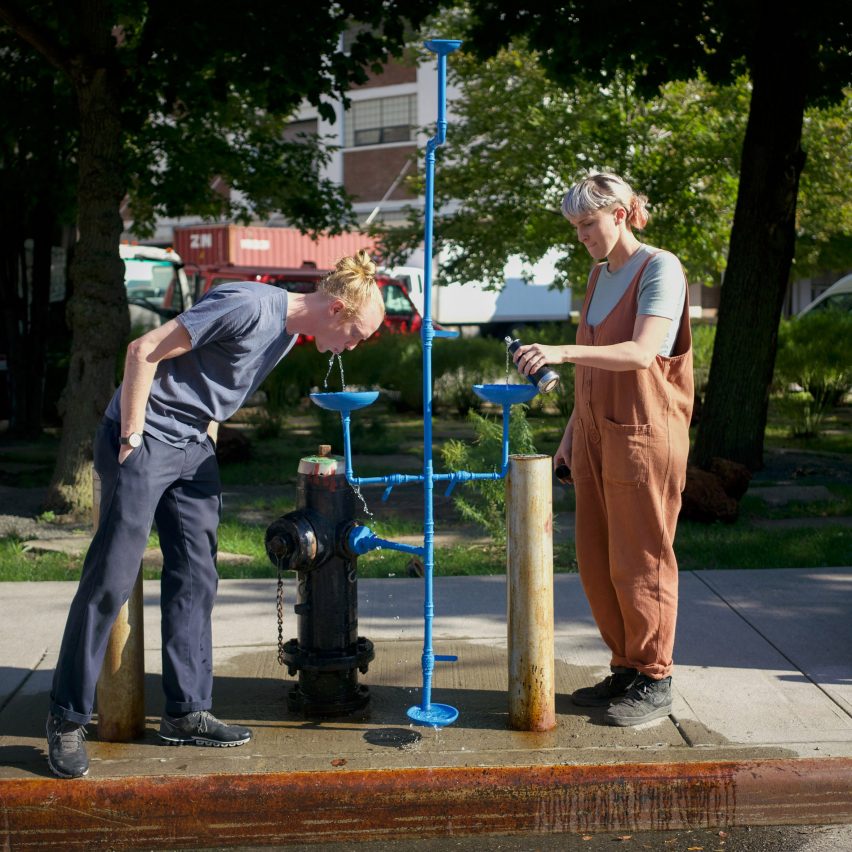
Urban water fountains pop up
The concern about rising levels of plastic in our oceans isn't going anywhere, but as well as raising consciousness of the issue, and a spike in the numbers of designs made with ocean plastic, designers are tackling the problem at its source.
At London Design Festival 2018, designer Michael Anastassiades unveiled his majestic brass water fountain in the courtyard of the V&A museum, with plans to roll out more across London, with the aim of reducing our reliance on single-use water bottles. A fountain also popped up outside Selfridges, one of London's biggest department stores, the following month.
New Yorkers were treated to a fountain for them and their dogs by ÉCAL industrial design graduate Dimitri Nassisi, and another concept that utilised the city's fire hydrants to provide drinking water. Meanwhile, designer Emanuele Pizzolorusso created a refillable water bottle designed for ten urban centres that lead the user towards public water fountains.
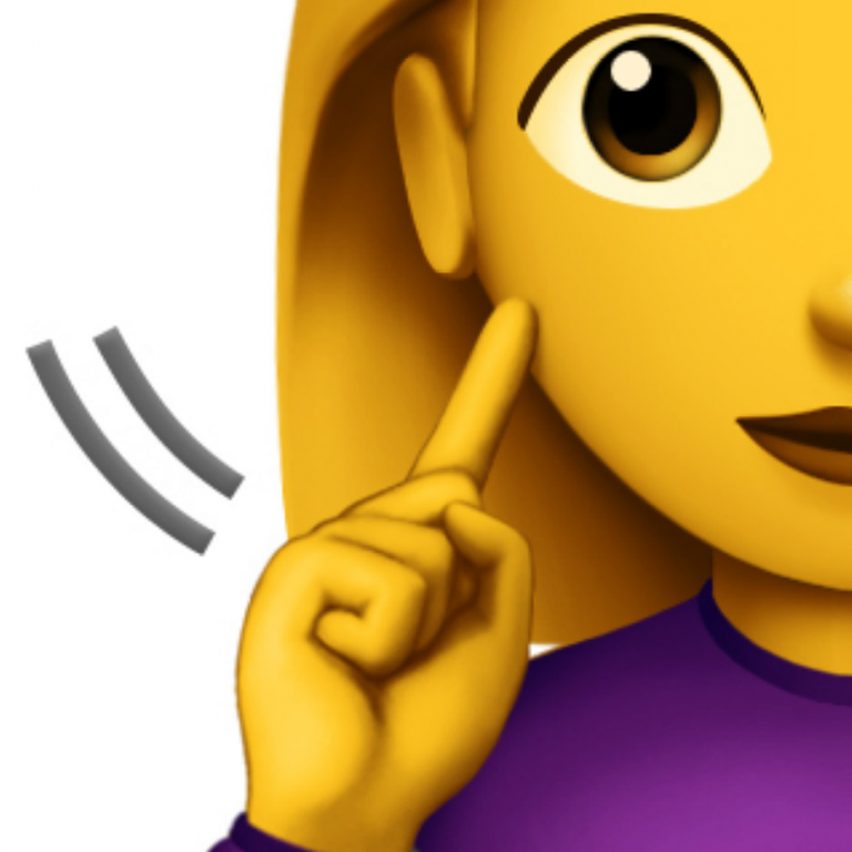
Big companies tackle diversity
The design and tech industries are notoriously bad at attracting and keeping diverse talent. But this year, when it came to product launches, it was the big names that reached out to a wide audience, and about time too.
Microsoft developed packaging for its game consoles that made it easy for disabled users to open without assistance, whilst Apple requested the addition of 13 emojis that best represent people with disabilities, including guide dogs, two people in wheelchairs and prosthetic limbs.
Fashion label Burberry's rainbow tartan, a riff on the brand's signature fabric created in support of LGBTQ charities, was unveiled at London Fashion Week, and was up for a Beazley Design of the Year award later in the year.

Bauhaus is back
Next year marks the centenary of the foundation of the influential Bauhaus school founded by Walter Gropius. Many brands have got ahead of the celebrations, with product collections and launches that celebrate the ethos of the school.
From blankets, to fabric and rug collections, design brands drew on the principles and processes of the school, perhaps responding to the Anni Albers retrospective at Tate Modern in London.
The fashion industry wasn't immune, with London-based designer Mary Katrantzou showing an Autumn Winter 2018 collection that featured rollnecks and coats emblazoned with the dates and locations of the school.
Adobe got in on the action with the release of five fonts based on designs by key Bauhaus figures, such as the calligraphy teacher Joost Schmidt, revived by typographer Erik Spiekermann.

Return of the humble poster
Given that we're all permanently attached to our smartphones, it's a sign of the backlash that the least tech-y form of communication, the poster, saw a resurgence this year.
Often these related to a protest on a specific topic, from Shepard Fairey's poster protesting gun violence in American schools, to protest posters by artists and activists that appeared in Visionaire magazine.
Richard Littler posted his satirical poster on Twitter, following British prime minister Theresa May's announcement of a Festival of Great Britain and Northern Ireland in 2022. The design of his poster was based on the original for the 1951 Festival of Britain, but with Britannia shooting herself in the head.
In the face of Brexit and gun violence, maybe the answer is to grab a copy of Dorothy's poster outlining the history of club music, and hit the dance floor.

Adapting to smaller homes
With the global population ever-increasing and space in urban centres at a premium, designers have turned their attention to clever space-saving designs, with IKEA as ever leading the way with its Rumtid range for small-space living.
In the kitchen, Royal College of Art graduate Yu Li's portable kitchen was aimed at millennials with limited space, Sanwa created a collection of tiny kitchens for the space-strapped, and Heatworks' micro-dishwasher sits on a countertop in tiny kitchens.
One tech startup found a solution with AI-controlled bedroom furniture that lifts to the ceiling to create more floor space. ÉCAL graduate Yesul Jang's Tiny Home Bed can store all of a student's belongings underneath the mattress.

Moving away from Milan
Presenting new collections at the Milan furniture fair has been a mainstay of the design industry for decades, but it can be expensive for smaller brands, and there's often a time lag in production. Bigger names are finding that customers lose interest in items they can't buy immediately, as Sebastian Wrong explained to Dezeen.
Tom Dixon stayed away from the furniture fair in 2018, choosing to focus on a 90-day world tour to show new collections and the opening of his new store and offices at Coal Drops Yard.
Dutch design brand Moooi also announced that it is moving away from launching all its products simultaneously in Milan in April, in favour of a few "drops" through the year that will be available for immediate sale in all their global retail locations. Others will no doubt follow suit.